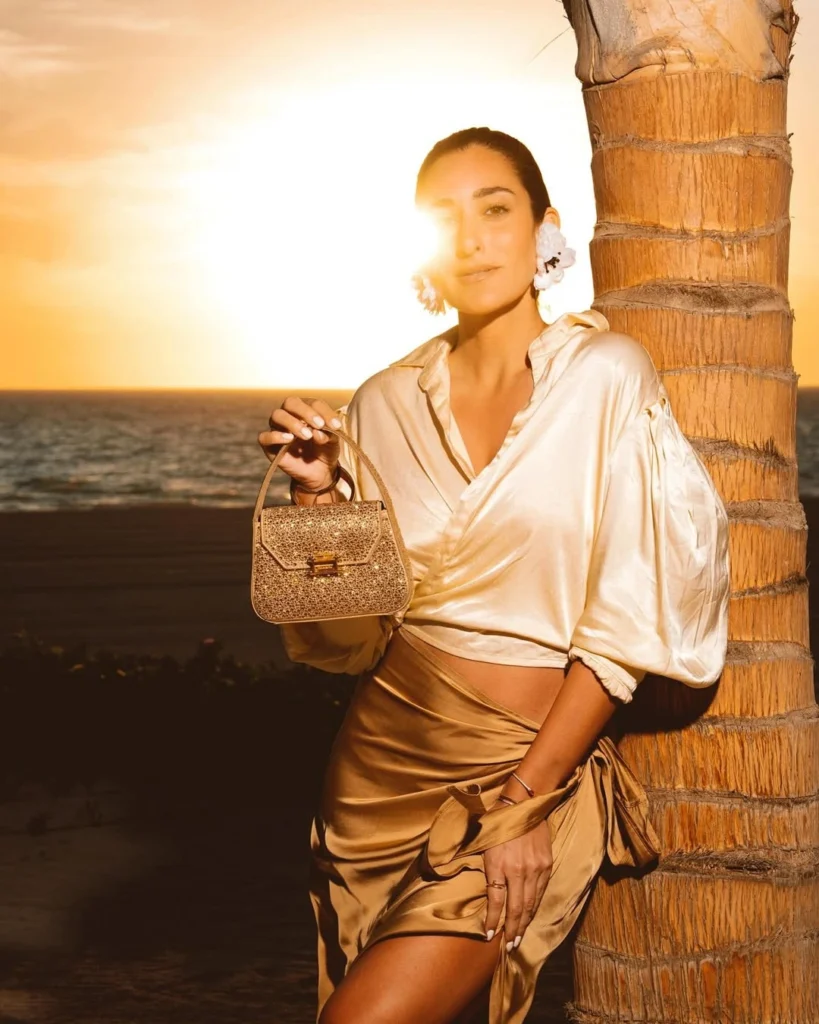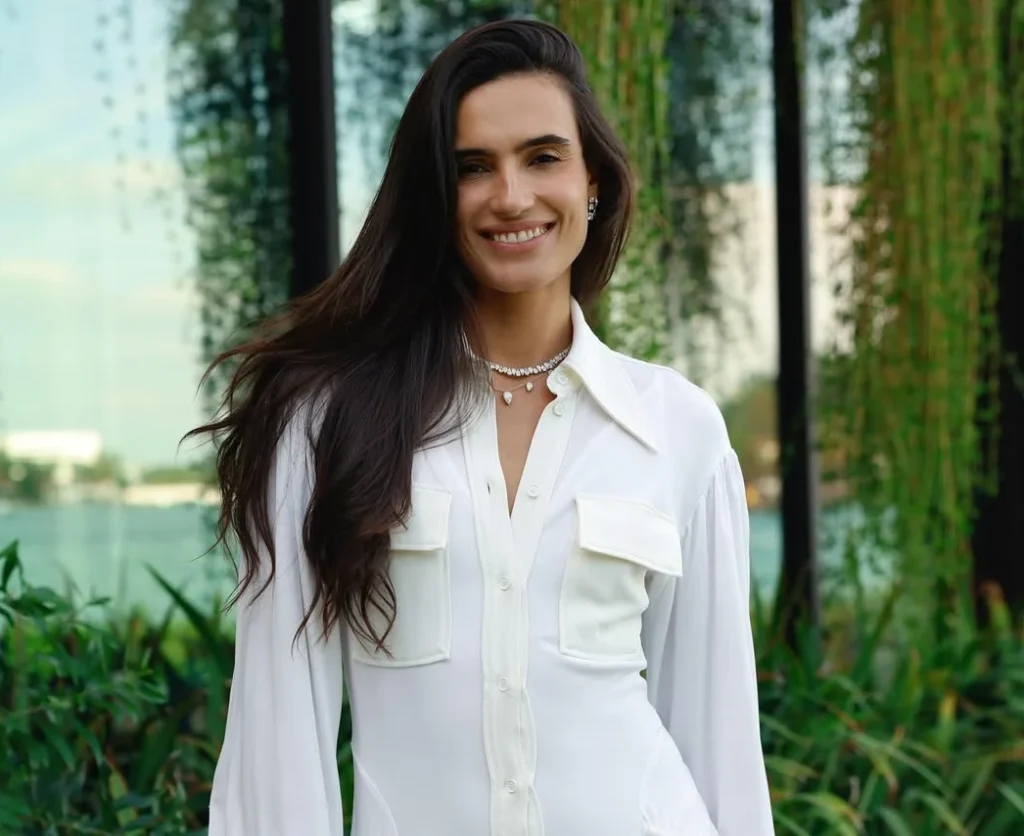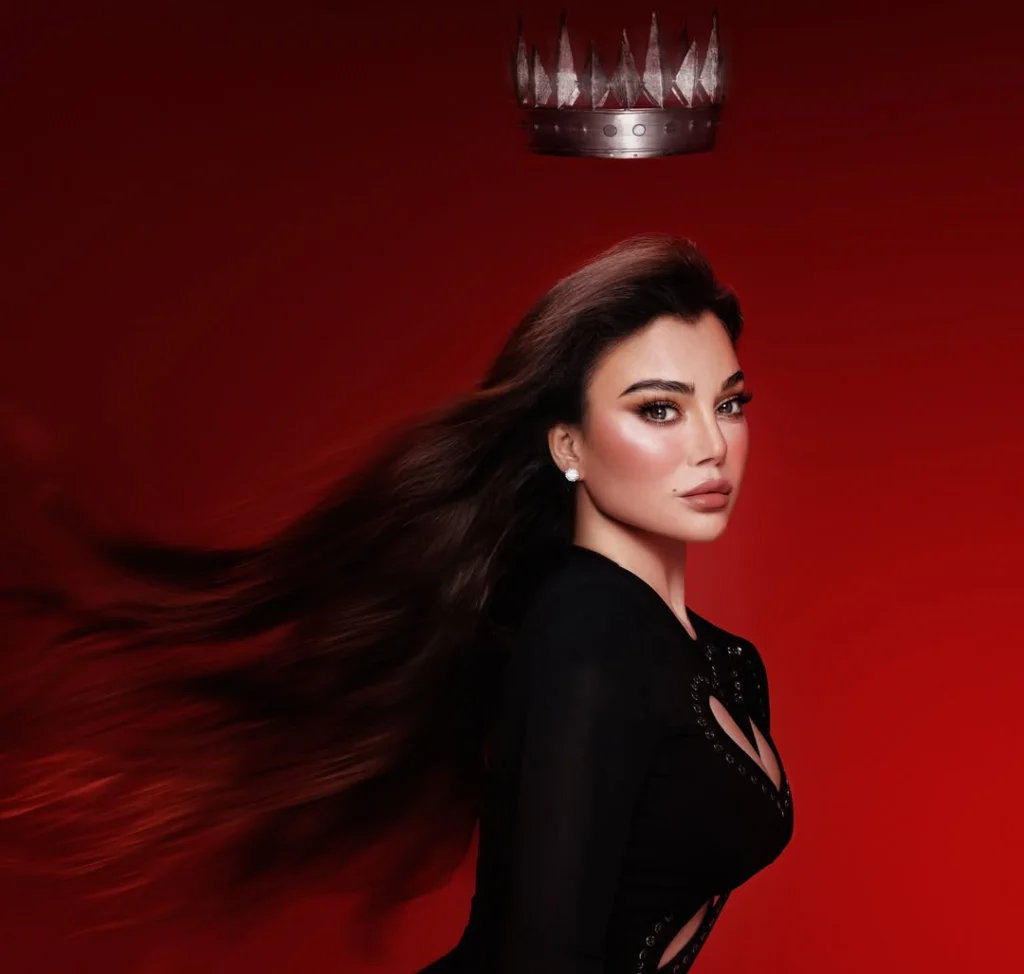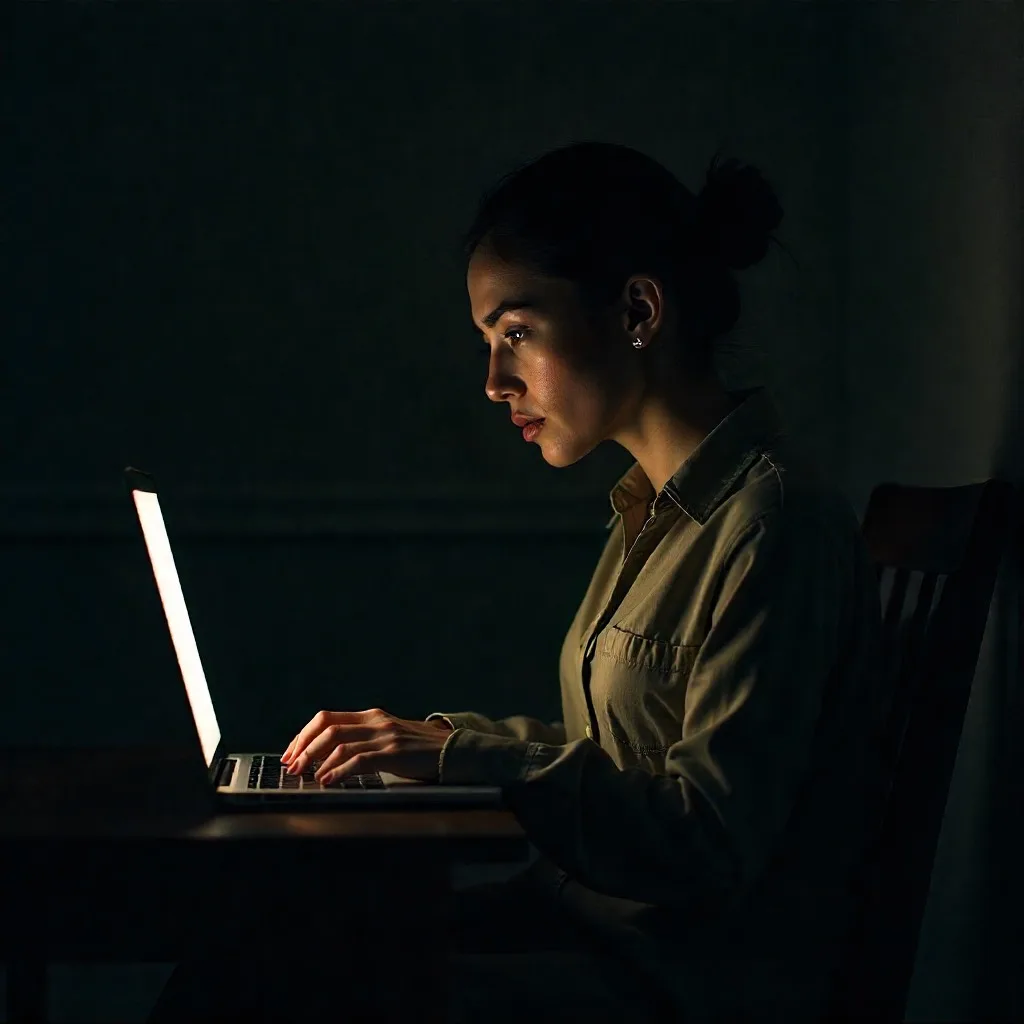Engy Kiwan, The Metamorphosis of a Media Maven
Engy Kiwan The Metamorphosis of a Media Maven By Afef Yousfi The vibrant landscape of contemporary Arab entertainment, where the transition from corporate rigour to creative fluidity is a path seldom trodden with such conviction, Enjy Kiwan stands as a compelling study in self-actualization. Her trajectory from the disciplined corridors of investment banking to the flickering lights of the silver screen is not merely a career change; it is a profound reclamation of identity. Born and raised in Abu Dhabi to Egyptian parents, she spent a decade navigating the analytical world of finance, fulfilling familial expectations while harbouring a dormant spark for the performing arts. This early foundation in banking provided her with a tactical sharpness, a professional equilibrium that she now applies to the mercurial world of acting and public presenting. She is the embodiment of the idea that one’s past experiences are never discarded but are instead repurposed into a more sophisticated version of the self. As a Master of Ceremonies, she possesses a rare, instinctive ability to command a room, a skill honed through years of moderating high-stakes financial panels and corporate functions. Her presence on stage is defined by a polished magnetism that bridges the gap between the formal and the accessible. She does not simply host an event; she orchestrates the atmosphere, moving through various topics with a linguistic dexterity that makes the complex feel intimate. This mastery of live communication served as the perfect springboard into acting, where she has quickly demonstrated a range that defies her relatively recent entry into the craft. By tackling roles that vary from the quirky and comedic to the chillingly sociopathic, she has proven that her talent is not a superficial extension of her public persona but a deep-seated capability for transformation. Her foray into the cinematic world has been marked by a refusal to stay within a comfortable lane. Whether she is performing in the region’s first Arabic musical or taking on gritty, intense characters, there is a palpable sense of courage in her choices. She approaches each script with the meticulous eye of the analyst she once was, dissecting the motivations and the psychological scaffolding of her characters before bringing them to life with an organic, often raw, energy. This intellectual approach to the arts has made her a sought-after collaborator for directors who value depth as much as visibility. She is part of a new generation of Arab artists who are redefining the region’s cultural exports, bringing a global sensibility to local narratives and ensuring that the stories being told are as multifaceted as the audiences watching them. Beyond the cameras and the applause, there is a quiet, persistent heartbeat of advocacy that informs much of her public life. Drawing from personal experiences of childhood adversity, she has become a vocal champion for anti-bullying initiatives, using her platform to foster a culture of empathy and resilience. This is not philanthropy performed for the sake of optics; it is a deeply personal mission to ensure that the next generation is equipped with the emotional tools she had to forge for herself. Her work with international organisations like UNICEF and her role as an advocate for kindness highlight a woman who views her influence as a stewardship rather than a prize. She understands that the true measure of a public figure is found in the shadows they cast—the positive impact they leave on those who are often invisible to society. Her domestic life serves as the ultimate anchor in a world that is frequently untethered. As a mother, she navigates the complexities of a high-profile career with a groundedness that she attributes to her family. She is remarkably transparent about the challenges of balancing these two worlds, rejecting the myth of effortless perfection in favour of a more honest, relatable narrative. By involving her children in the realities of her work, she is teaching them the value of perseverance and the importance of following a calling, even when it requires a radical departure from the expected path. This holistic view of success, where personal fulfilment and professional achievement are inextricably linked, is perhaps her most resonant message to her nearly million-strong community of followers. The entrepreneurial spirit that saw her launch a bespoke furniture boutique during her banking years remains a defining characteristic of her current endeavours. She views the entertainment industry through the lens of a builder, constantly looking for ways to innovate and expand her reach. Whether she is collaborating with luxury global brands or preparing for her next international film role, she maintains a level of professionalism that is a direct legacy of her corporate origins. She has successfully cultivated a brand that is synonymous with elegance, intelligence, and a certain restless curiosity. She is a woman in a state of perpetual evolution, never content to rest on the laurels of a previous success but always scanning the horizon for the next challenge. Ultimately, the story of Enjy Kiwan is one of bravery. It takes a specific kind of courage to walk away from a stable, lucrative career in finance to pursue a dream that others might deem impractical. In doing so, she has become a lighthouse for those who feel trapped by the expectations of their surroundings. She has proven that it is possible to be both a scholar and a storyteller, an analyst and an artist, a mother and a mogul. As she continues to grace the screens and stages of the world, she remains a testament to the power of the pivot—a reminder that our lives are not a single, straight line, but a series of layers that we must choose to uncover.










